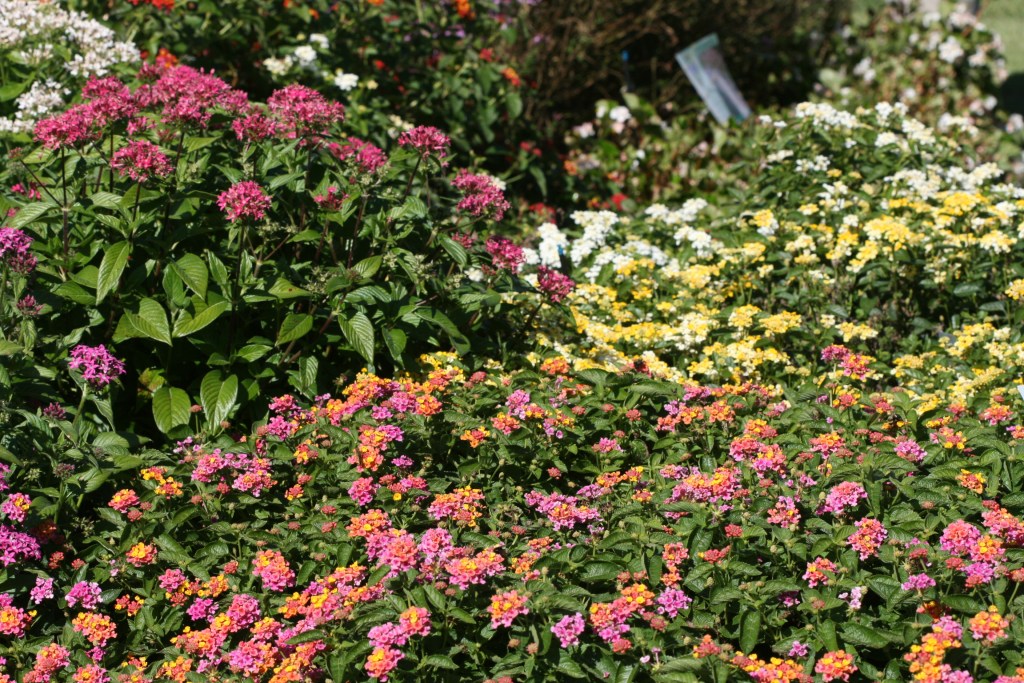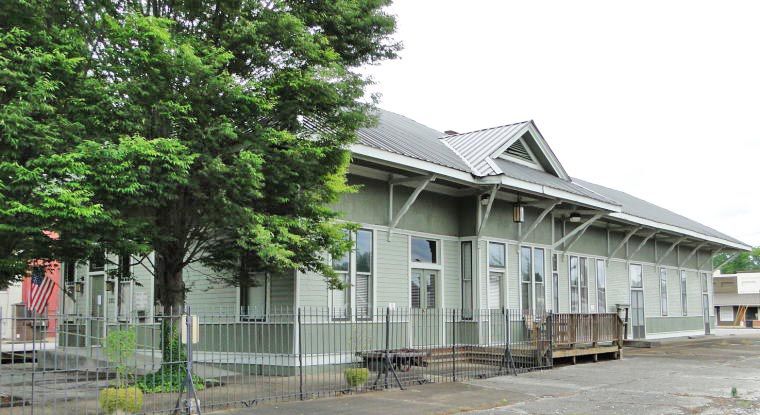Home & Garden Spot: Caring for plants during dry spells
Published 3:45 pm Wednesday, July 10, 2019

- Established herbaceous plants, like flowers, need water once per week, but established large trees may never need supplemental water unless severely stressed from previous droughts.
For The News Courier
Although we have had a few recent rains, drought damage to home landscapes is always just right around the corner. There are things homeowners can do to mitigate summer dry spells. Let me give some general tips for summer watering in the event of another drought:
• Only water the plants, not the street or sidewalk;
• Water plants according to their needs so plants will be healthier and you’ll have a lower water bill. Set watering priorities. Ask yourself which plants will suffer first, which were hardest hit in the past and which are hardest to replace. Established herbaceous plants, like flowers, need water once per week, but established large trees may never need supplemental water unless severely stressed from previous droughts;
• Water during the coolest part of the day. Water between 4 and 10 a.m. to decrease disease problems and water lost to evaporation;
• Use trickle or drip irrigation systems for garden plants. Drip and trickle irrigation put water where it is needed – the roots. Sprinklers lose lots of water output to evaporation and wind;
• Don’t over water. Over-watering causes root rot and foliar diseases. Make sure the water has time to soak into the ground. Water runoff is a waste and extra expense. Water plants deeply but less frequently to encourage deep rooting. Avoid frequent and brief, shallow watering. This creates shallow roots and increases the chance of drought stress if water use becomes restricted;
• Water based on the weather, not the clock. Check the soil periodically to determine moisture depth. Consider collecting rain from your home’s roof and other hard surfaces in the landscape. Rain gardens and rain barrels can be used to reduce water runoff and pollution;
• Mulch reduces water loss. A 2- to 3-inch mulch layer supports plants through weather extremes by moderating moisture loss and soil temperatures. Mulch as large an area as possible around trees and shrubs. Mulch is especially important to shallow rooted ornamentals like dogwoods and azaleas, which can be especially hard hit. However, over application of mulch can be detrimental because roots grow up into deep mulch and quickly die when dry weather comes;
• Maintain your irrigation system. Over time, systems spread water unevenly or onto paved areas. Look for a certified irrigation contractor for system maintenance and auditing to keep your system working efficiently. Add a weather or soil moisture-based system that adjusts the irrigation schedule based on local weather and actual soil moisture;
• Pick the right plants. Choose plants adapted to our climate, your micro-climate and your soil type. Group plants according to water needs and drought tolerance; and
• Minimize gardening activities. Avoid pruning and fertilizing in dry weather. Pruning and fertilizing both stimulate growth, which can additionally stress plants. Also avoid planting trees and shrubs in dry weather. Smaller annuals and perennials can be planted anytime, but water the first few weeks to establish new roots.
Hopefully, we won’t have a prolonged dry spell, but if we do, at least you can reduce potential problems by following a few of these water and money-saving tips.
— For information on topics related to the home and garden, contact any office of the Alabama Cooperative Extension System. The Limestone County Office is at 1109 W. Market St. in Athens. Office hours are 8 a.m.-4:30 p.m. Mondays through Fridays. For more information, call 256-232-5510 or visit www.aces.edu.





